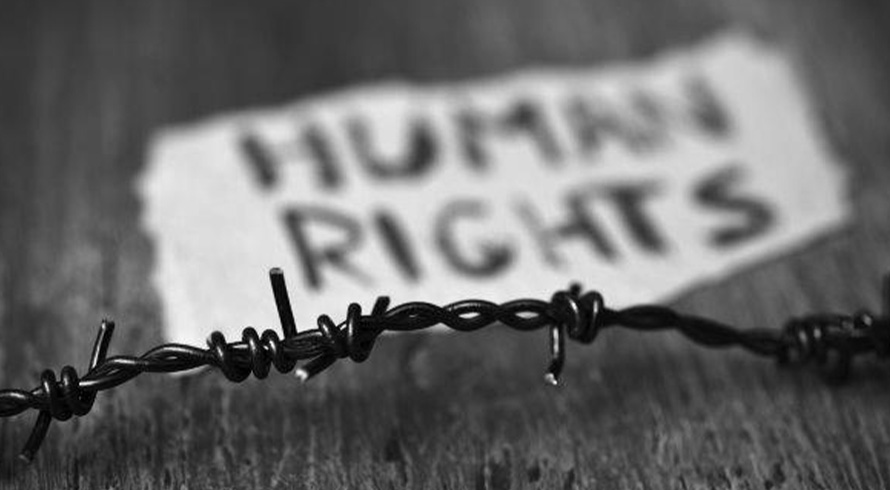Cristiano Ronaldo, the latest international footballer investigated for tax evasion in relation to image rights payments… what is the South African position?
The investigation by the Spanish tax authorities and charges laid against Ronaldo comes shortly after his arch-nemesis, Lionel Messi, the Barcelona and Argentina forward, was found guilty of similar offences last year. Ronaldo and Messi form a long line of professional footballers who have recently run afoul of the Spanish tax authorities.
Some footballers have already been convicted and others remain under investigation including, amongst others, Javier Mascherano and Angel di Maria as well as the self-proclaimed “special one”, leading international manager, José Mourinho.
In Ronaldo’s case, the Spanish prosecutors have accused the Real Madrid footballer of having evaded €14.7 million (around R220 million) in tax. In essence, the allegations include that he made use of various offshore company structures created around 2010 in order to “hide” income generated in Spain from image rights payments. The shell companies were allegedly based in the British Virgin Islands and another in Ireland, both known as low tax jurisdictions. A further charge includes that Ronaldo voluntarily failed to declare €28.4 million in income linked to the sale of his image rights to a Spanish company.
While the Spanish tax authorities have been investigating, charging, and in some cases succeeding in recouping some of the losses to the Spanish fiscus as a result of the use of such international offshore image rights holding companies, this comes on the back of a far more developed fiscal jurisprudence in countries such as Spain and the United Kingdom in matters of this nature. Nevertheless, it is useful to consider the South African position and examine the key issues from a local perspective.
What are image rights?
With the advent of television and a variety of other technologies, sport has become a highly commercialised industry with the ability to attract substantial revenue in the form of, amongst others, sponsorship. In particular, the image rights of sportspersons have garnered increasing commercial value.
The South African Revenue Services’ (SARS) Draft Guide on the Taxation of Professional Sports Clubs and Players (Draft Guide) states at paragraph 5.4.1 the following in this regard:
South African sports players are, like their overseas counterparts, enjoying the benefit of being able to exploit other commercial opportunities such as image licensing agreements, celebrity endorsements and appearance fees. Image licensing agreements involve the commercial exploitation of a player’s image, such as the use of the player’s name, photograph, reputation, voice, signature, initials or nickname. Image rights are the legal rights associated with using the image of a sportsperson in marketing or promotional activities. Image rights payments refer to the payments that a player receives from an enterprise that uses such player’s image for advertising purposes.
An illustrative example of this, is of Springbok rugby player Tendai “The Beast” Mtawarira, in the promotion of disposable razors. Ordinarily, disposable razors may be seen as weak, bad quality and untrustworthy, but in the hands of the “The Beast”, the product is suddenly associated with toughness, good quality and sustained excellence.
As indicated, South African tax law jurisprudence on this issue is thin, however, in ITC 1735 64 SATC 455, a leading golf professional resident in the UK, but in South Africa to play in the annual Nedbank Golf Challenge at Sun City, entered into a commercial agreement with an international hotel group who agreed to pay the golfer US$100,000 in consideration for certain rights to exploit his intellectual property. Goldblatt J offered the following in respect of the meaning of image rights:
the utilisation of his likeness, biographical material, his presence at promotional events and media conferences and repeat television/ video utilisation of his participation in the Tournament…
Within a South African context, image rights could be protected in terms of the common law, the right to privacy in terms of the Constitution, or through statutory intellectual property protection tools, namely copyright or trademark registrations.
Image rights payments structures
In essence, the structures set up by Ronaldo and his contemporaries, involve the transferring of the sportspersons image rights to a foreign company typically located in a low tax jurisdiction such as the Isle of Man, Mauritius or one of the Channel Islands. In this scenario, the player incorporates a foreign company where after he divests of his image rights to the foreign image rights holding company. Subsequently, the foreign image rights holding company grants the use of the image rights to the club. The club then pays the player his ordinary salary directly while making payment in respect of the use of his image rights to the foreign company. In this manner, it is hoped that payments made by the sportsperson’s club or sponsors for the exploitation of his image will fall outside the South African tax net or result in a more tax efficient structure.
These structures are not limited to sportspersons who form part of teams and thus receive salaries from sports clubs in addition to image rights payments but are also utilised by sportspersons who compete in individual sports such as golf and tennis.
Key tax and exchange control issues
There are a number of issues which need to be considered from a South African tax, legal and exchange control perspective regarding the structure described above, including amongst others, the following:
- whether an individual is, in fact, able to divest of their “image rights” to a juristic person;
- whether from an exchange control perspective, a South African resident individual is able to transfer his/her intellectual property to an offshore holding company;
- whether the image rights payments fall within the “gross income” of the sportsperson or are rather of a capital nature;
- to the extent that they do fall within the sportsperson’s gross income, whether such image rights payments are subject to employees’ tax deductions by the sportspersons employer (i.e. the club or the SA Rugby Union);
- whether SARS could nevertheless utilise the withholding tax on royalties contained in s49B of the Income Tax Act, No 58 of 1962 (Act) such that SARS is still able to levy tax on the amount paid over to the foreign image rights holding company.
SARS’ view on the legal parameters and taxation of image rights
SARS’ view in the Draft Guide is that a sportsperson cannot divest of their image rights. The Draft Guide states at paragraph 5.4.2 as follows:
Image rights are essentially personal rights that are vested in the player as an individual person. These rights cannot be separated from the sportsperson, and consequently, cannot be disposed of or “sold” to another person. Further, “a sportsperson has a proprietary interest in his identity and an infringement of such personality right caused by unlawful commercial exploitation can lead to economic loss.”
Notwithstanding SARS’ view, the position may be different where, for example, a sportsperson divests of certain statutory intellectual property protection tools, namely copyright or trademark registrations.
In respect of the taxation of image rights payments, SARS’ view is clear in this regard.
The Draft Guide states at paragraph 5.4.2 as follows:
It is clear therefore that payments made to a sportsperson for the right to use the sportsperson’s “image” rights will be included in the sportsperson’s gross income and will be taxable as such.
Should such a payment be made to a sportsperson by the club to whom the sportsperson is contracted, such payments will constitute “remuneration” for employees’ tax purposes. As the amount paid to the sportsperson for the exploitation of the sportsperson’s “image” rights is in these circumstances paid by an “employer” (the club) to an “employee” (the sportsperson) as contemplated in the Fourth Schedule to the Act, the club is obliged to withhold employees’ tax and the amount paid for the use of the sportsperson’s “image” rights must be disclosed on the sportsperson’s IRP5.
Conclusion
While there is a dearth of fiscal jurisprudence and clear tax legislation in respect of the specific issues relating to the use of offshore image rights holding companies in South Africa it is clear that SARS’ view remains that such payments would be taxable in the hands of the South African tax resident sportspersons and may even be subject to employees’ tax. Nevertheless, there are a number of key issues one needs to consider in respect of the exploitation of image rights of a sportsperson and it will be interesting to monitor developments in this regard in the hope that further clarity and certainty may be found in the courts in due course.
The information and material published on this website is provided for general purposes only and does not constitute legal advice. We make every effort to ensure that the content is updated regularly and to offer the most current and accurate information. Please consult one of our lawyers on any specific legal problem or matter. We accept no responsibility for any loss or damage, whether direct or consequential, which may arise from reliance on the information contained in these pages. Please refer to our full terms and conditions. Copyright © 2025 Cliffe Dekker Hofmeyr. All rights reserved. For permission to reproduce an article or publication, please contact us cliffedekkerhofmeyr@cdhlegal.com.
Subscribe
We support our clients’ strategic and operational needs by offering innovative, integrated and high quality thought leadership. To stay up to date on the latest legal developments that may potentially impact your business, subscribe to our alerts, seminar and webinar invitations.
Subscribe




